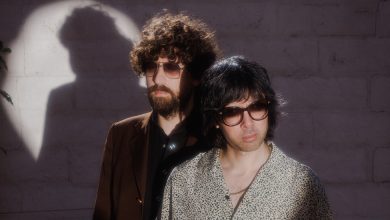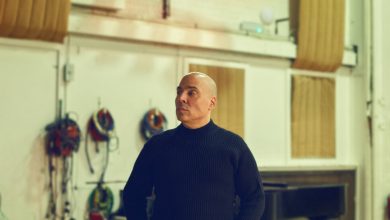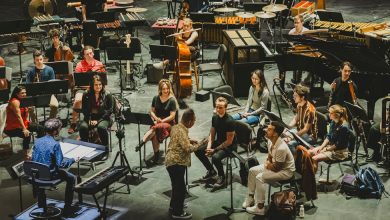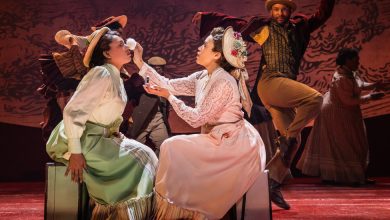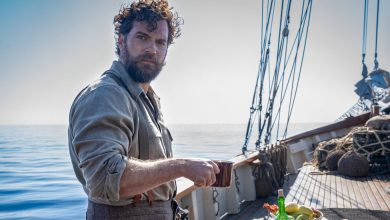President of Museum of Natural History to Step Down After Nearly 30 Years

After an unusually long tenure of nearly 30 years as president of the American Museum of Natural History, Ellen V. Futter on Wednesday informed the board that she would step down next March, following the scheduled opening of the institution’s new Richard Gilder Center for Science, Education and Innovation.
“It’s been an incredible run and I just feel so proud and appreciative of my time,” Futter, 72, said in a telephone interview. “The opening of the Gilder Center marks the completion of my work and a good moment for the museum for new leadership.”
The board will immediately begin a search for Futter’s replacement. “They are huge shoes to fill, no question about that,” Scott Bok, the museum’s chairman, said in an interview. “But she leaves us in a position to find somebody great.”
As to whether the board would seek to appoint someone of color, given the current emphasis on diversity in the museum world, Bok said that an outside executive search firm — which has yet to be hired — “will be instructed to bring us a diverse slate of candidates.”
Given the size of the museum — it has an operating budget of about $178 million and more than 1,000 full- and part-time staffers — and its public role as an institution that occupies a building and land owned by the city, the position will require an experienced steward of stature, Bok added.
“We want someone who is a great leader, who is collaborative, who is collegial and an effective liaison with key constituencies including the City of New York,” he said. “We will want somebody who is a strong fund-raiser, because we can’t do all the things we want to do simply with admissions revenue and the support we get from the city. It’s a big job.”
Over the last three decades, Futter has presided over a museum that seems both frozen in time and propelled forward by change. On the one hand, the dioramas — some of which feature Indigenous tribes — with which the museum is closely associated have endured, reliable for repeat visitors and at the same time a symbol of the institution’s slowness to evolve, particularly in a world newly sensitive to cultural stereotypes and inaccuracies. (The scenes were finally amended in 2019.) Last month, the Northwest Coast Hall reopened with a new emphasis on the lives of Indigenous people.
At the same time, the museum has had several major new developments, namely the opening of the new Rose Center for Earth and Space in 2000 and its Gilder Center.
In realizing these projects, Futter had to navigate often thorny city politics. With its glass dome rising among the prewar buildings of the Upper West Side, the Rose Center for Earth and Space was at first considered sacrilege by some residents. But in the end, it was widely celebrated by critics and welcomed by the community.
“Here is that rare instance where a time, a place, a function, an architect and a client (the heroic Ellen V. Futter, president of the museum) have come into perfect alignment to produce an intelligent design that will also appeal to broad public taste,” the architecture critic Herbert Muschamp wrote in The New York Times in 2000. “It’s like finding another world.”
When the museum in 2015 announced plans to build the Gilder Center, a neighborhood contingent opposed the project’s incursion into the adjacent Theodore Roosevelt Park, which is owned by the city. In response to these concerns, the museum decided to take down three of its existing buildings to make room for the six-story addition, rather than protrude further into the tree-lined space along Columbus Avenue. And the curvilinear stone and glass addition — designed by the architect Jeanne Gang — is nearing completion.
Adrian Benepe, president of the Brooklyn Botanic Garden, said that during his years as the city’s parks commissioner, he was impressed by Futter’s ability to balance such “town-gown” tensions without imperiousness. “She was always very clear: ‘We don’t own this park, it belongs to the City of New York,’” he said, adding that her board meetings, which he attended as an ex officio member, were “a master class in how one runs a major cultural institution in New York City.”
In 2020, the museum announced that its bronze statue of Theodore Roosevelt, on horseback and flanked by a Native American man and an African man — which had presided over the entrance since 1940 and had come to symbolize a painful legacy of colonial expansion and racial discrimination — would come down. After years of objections from activists, the decision, proposed by the museum and agreed to by the city, came amid the racial reckoning prompted by the killing of George Floyd.
Futter also had to navigate traumatic world events that took a financial toll on cultural institutions all over the country, like the Sept. 11 attacks, the 2008 economic downturn and the coronavirus pandemic.
And Futter has leaned into the museum’s potentially important role as an educator in a period of increasing concern about climate change. Since 2008, the museum, through its Richard Gilder Graduate School, has offered a Ph.D. in comparative biology, and in 2011, the museum established a separate master’s program in teaching science.
Currently, in New York City, half the public-school teachers hired each year with a primary certification in earth science are graduates of the master’s program, the museum said.
The integrity of the museum’s position on science as paramount was tested by protests in 2017 against one of its board members, Rebekah Mercer. Mercer had used her family’s millions to fund organizations that questioned climate change, a cornerstone of the conservative agenda that she advanced as an influential member of President-elect Donald J. Trump’s transition team.
After being pressured by scientists and other academics, Mercer quietly stepped down in 2019.
Futter came to the museum after 13 years as the president of Barnard College, where at 29 she was the youngest person to assume the presidency of a major American college. When she was appointed president of the museum in 1993, she was the first woman to head a major New York City-based museum.
With a no-nonsense manner, Futter has been a solid, deliberate steward, managing to lead the institution without fireworks or showmanship. She has also largely avoided controversy, surviving, for example, 2010 revelations that she lived rent-free in a $5 million East Side apartment that the museum bought when she started (she will move out when she leaves the museum).
Some may inevitably criticize Futter for doing too little too slowly. But in the end, others say, she moved a storied museum forward as fast as she could.
“How many millions of children have gone on class trips and stared at a giant buffalo or that herd of elephants?” Benepe said. “Probably museums today would not have taxidermied animals as a star attraction, yet she understood this was an elemental part of this museum’s history and they enjoyed coming to see it. Ellen understood the need to maintain certain things that are completely associated with the museum in people’s minds but also the need to modernize and deal with social issues.”
Futter, for her part, said she was very aware of having to strike a balance between preserving the past, responding to the present and preparing for the future. “When I first came here, people would say to me that it was their favorite place, yet nothing ever changes,” she said. “I’m proud that they still say happily it’s their favorite place, but things have changed. Not the essential mission of science and education, which is bedrock for us, but how we deliver it.”
